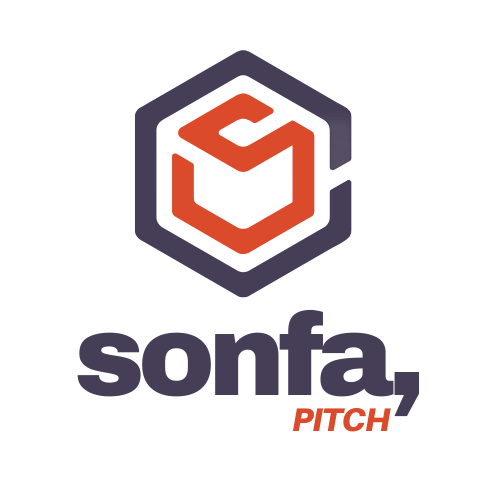Berlin-based producer A.D.H.S. has been on a quiet rise over the past few years, building his name through calculated releases and raw, no-nonsense productions. His music has appeared on Drumcode twice, with tracks on their A-Sides Vol. 11 and 12 compilations. But one of his latest releases, a standalone single titled Can’t Hear You made in collaboration with Bart Skils, marks a clear step forward. It’s his first solo credit on Drumcode, and it also happens to be Skils’ favorite closing track in his current sets.
We caught up with A.D.H.S. ahead of this release to dig into his production process, how Komplete Kontrol speeds up his workflow, and how switching from hip-hop to techno eventually landed him on some of Europe’s biggest festival stages.
Jump to these sections:
- What his production setup looks like
- How Komplete Kontrol shapes his drops
- Playing vs. refining in his songwriting process
- His strategy for finishing music faster
- Tips for discovering new directions in a track
- How trust in his workflow has changed over time
So let’s dive into A.D.H.S.’s core tools including the Kontrol S49 keyboard, his mindset in the studio, and a few field-tested insights that producers of any level can apply.
What does your studio typically look like when you’re building a new track from scratch?
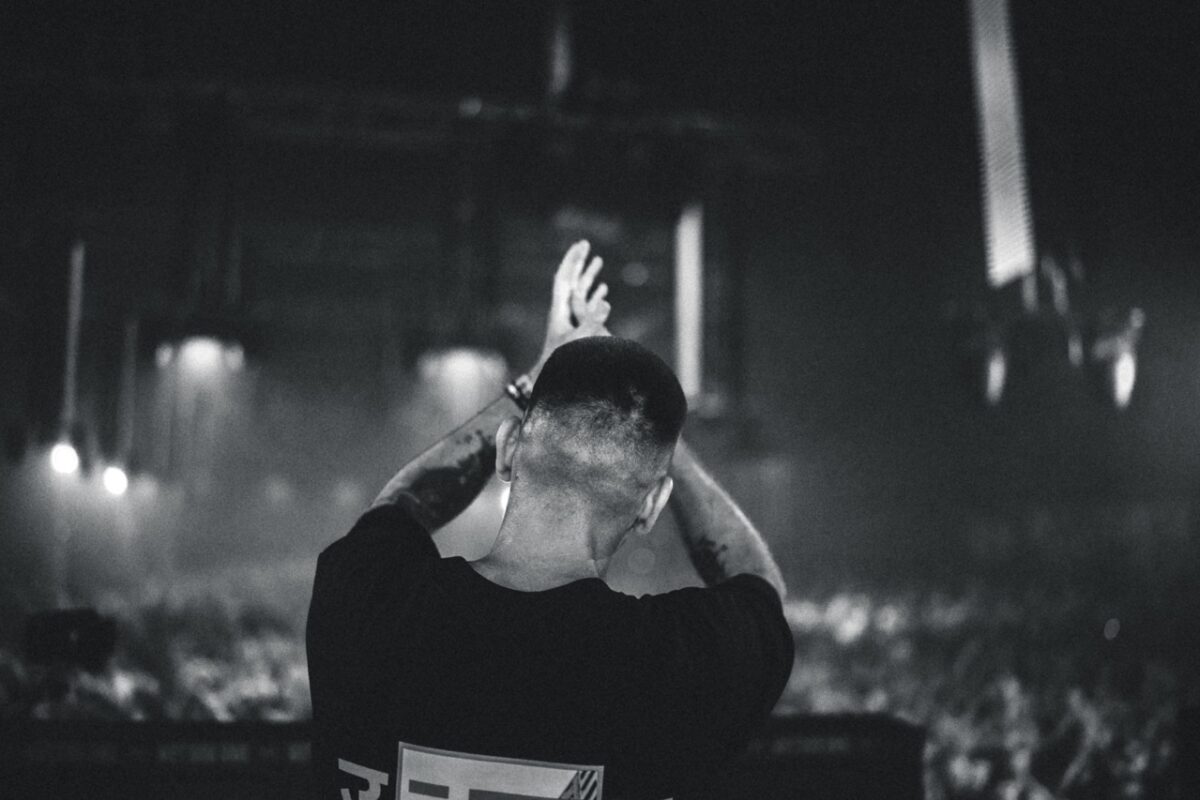
I’ve got the Kontrol S49 in front of me as my main control desk.
To my right is the Ableton Push, and on the left, the Maschine MK3. This setup gives me maximum workflow, and that’s always been my number one priority when producing. I also love setting a certain mood by adjusting the color of the lights.
Pro Tip: Mix on laptop and phone speakers first. High-end headphones are great, but if your main elements don’t hit on a phone or laptop speaker, the mix doesn’t matter. I actually start most of my ideas using just laptop speakers. That way, I focus purely on the emotional impact of the sound – not getting lost in sonic details too early.
Has Komplete Kontrol changed your workflow in dense projects? And when you’re working on a drop, how do you use Komplete Kontrol to help balance emotion and aggression?

Komplete Kontrol has changed my production in many ways, but I’m still a bit of a mess when I’m in the flow, so I guess I could still need help with that, haha.
I map the instruments I’m using to the Kontrol S49’s knobs and just hit record. I let myself go wild – expressing emotions and exploring different directions with whatever element I’m playing.
After a few minutes of jamming, I listen back and pick what fits the track best. With the Kontrol S49, it feels like I’m playing my VST synths like real instruments. Instantly. No cables, just pure workflow. And since I’m a big sucker for pitch drifting, the mod wheel is always on heavy duty.
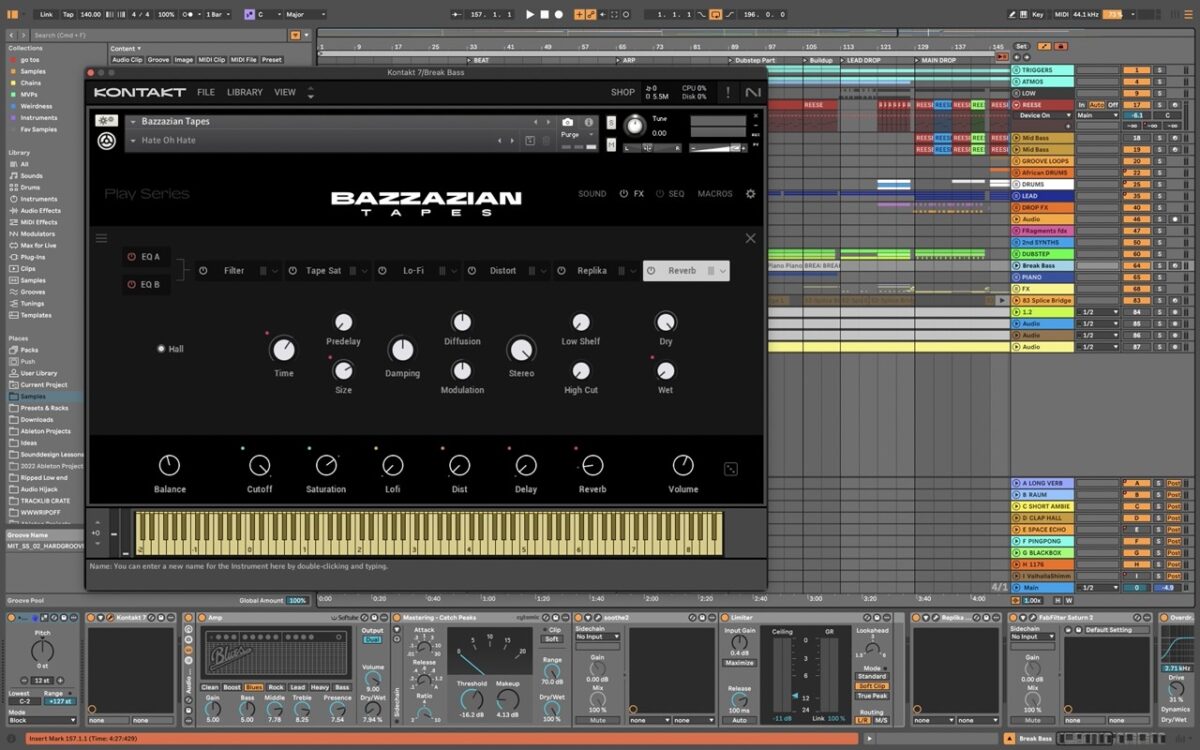
Pro Tip: Explore different directions before locking in. Give your track the space to evolve. I often try out multiple directions – swapping in drums or basslines from other projects, changing the key, speeding it up or slowing it down just to see what emotionally clicks and supports the energy I’m after. That process helps me land on the version that best expresses the core idea.
Do you tend to build out entire ideas in one sitting or work in smaller loops and refine later?
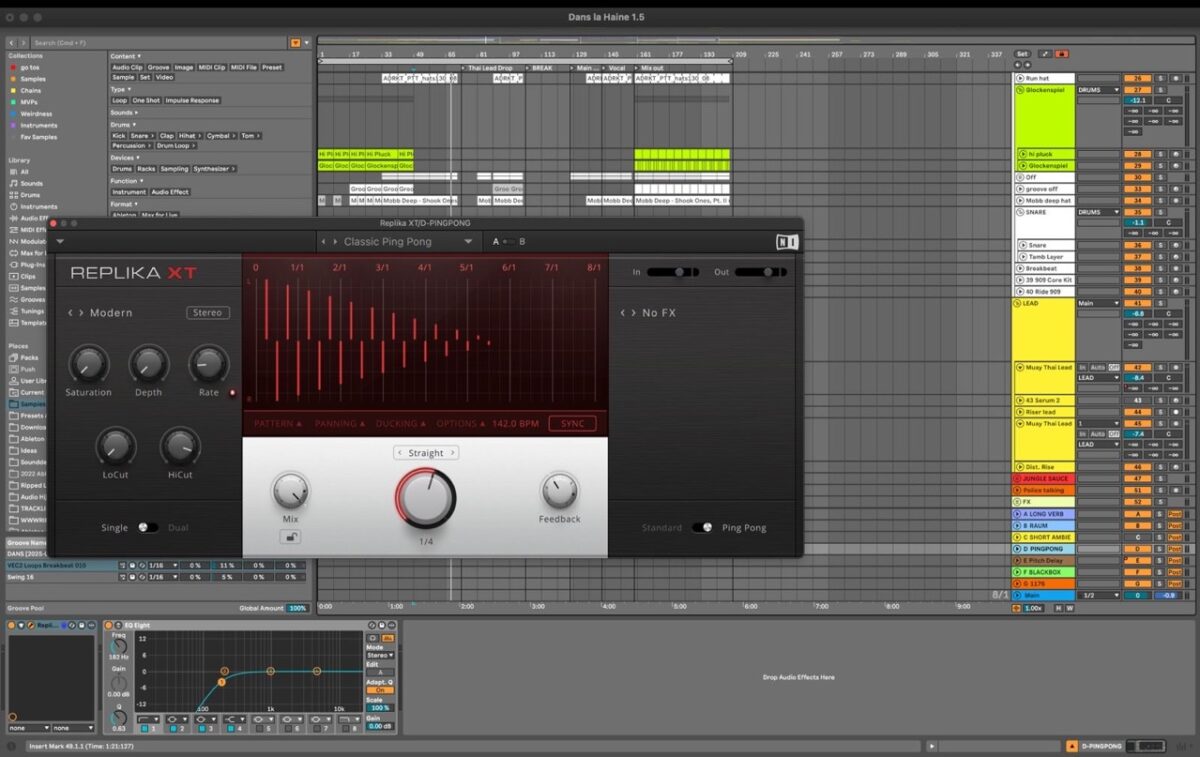
Totally depends on the day. Some tracks come together in a single session, others start with just one tiny element, and I’ll return to them days later. Sometimes it’s a time thing, but honestly, I just love creating quick loops in a few minutes without the pressure of building a full track. It feels much more playful. One thing I always do is refine my tracks later. I take them on walks and train rides, and write notes to develop them further.
Pro Tip: iZotope Ozone is a second pair of ears. I use Ozone right after finishing the first version of a track. Once the plugin analyzes the mix, I take a close look at what the Master Assistant suggests. It often points out issues I didn’t even notice simply because I was too deep in the process. In that way, Ozone becomes like an on-demand pair of fresh ears.
What’s something you used to over-complicate that you now keep simple?
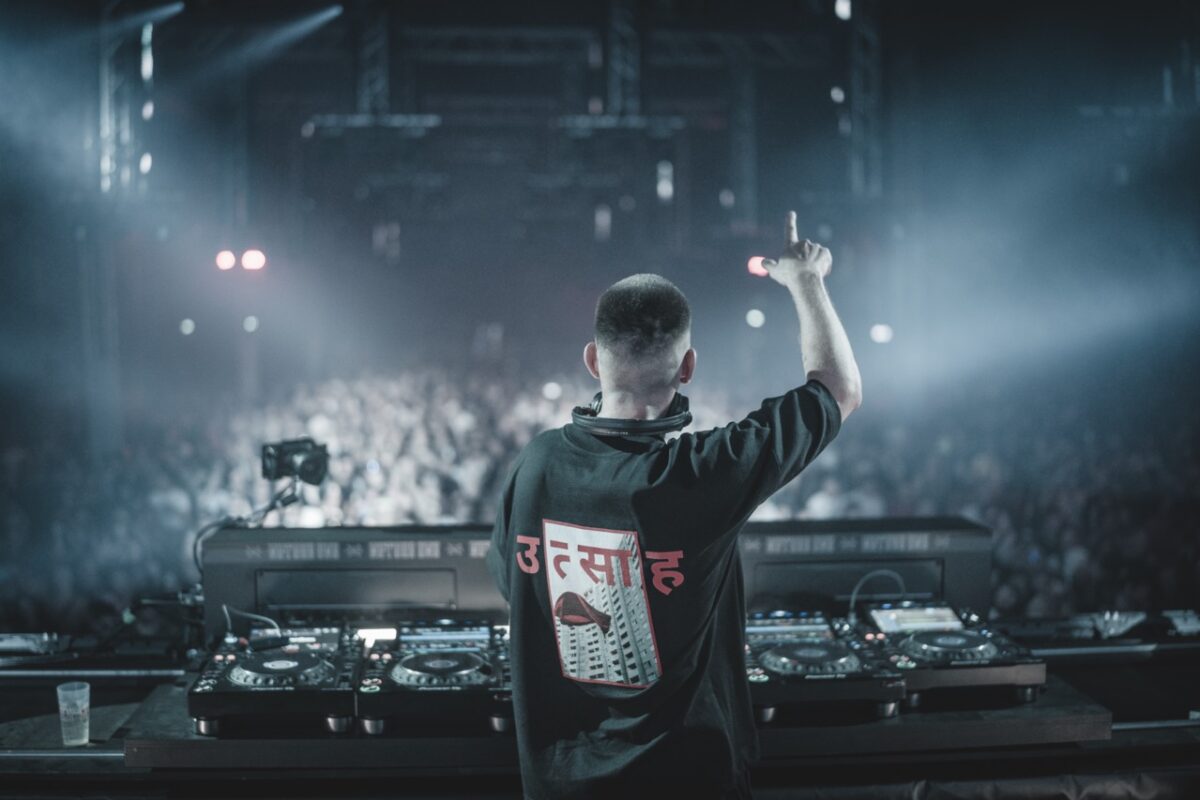
When I started, I used a gazillion plugins, stacked FX on every single element, and tried all kinds of crazy arrangement tricks. I treated every sound as the main element and wanted to explore its full potential – not realizing that I was often killing its core.
Looking back, I think that was a big sign of not being 100% convinced by the idea or the sound, and trying to “save” it somehow.
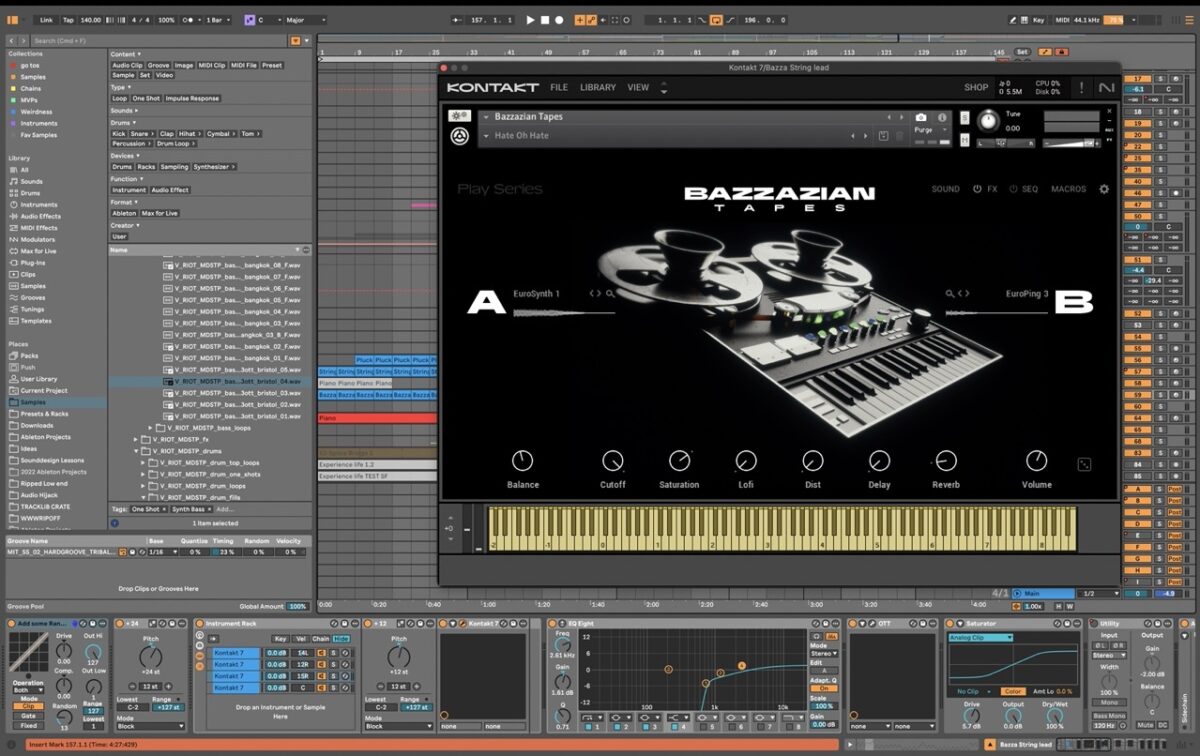
Slowly but surely, I realized that less is more. You only need a few strong elements, solid processing, and enough space for them to shine. And if something sounds good as it is, it’s done. That said, I still find myself falling back into the rabbit hole of overworking ideas. There’s still so much to learn – but that’s kind of beautiful.
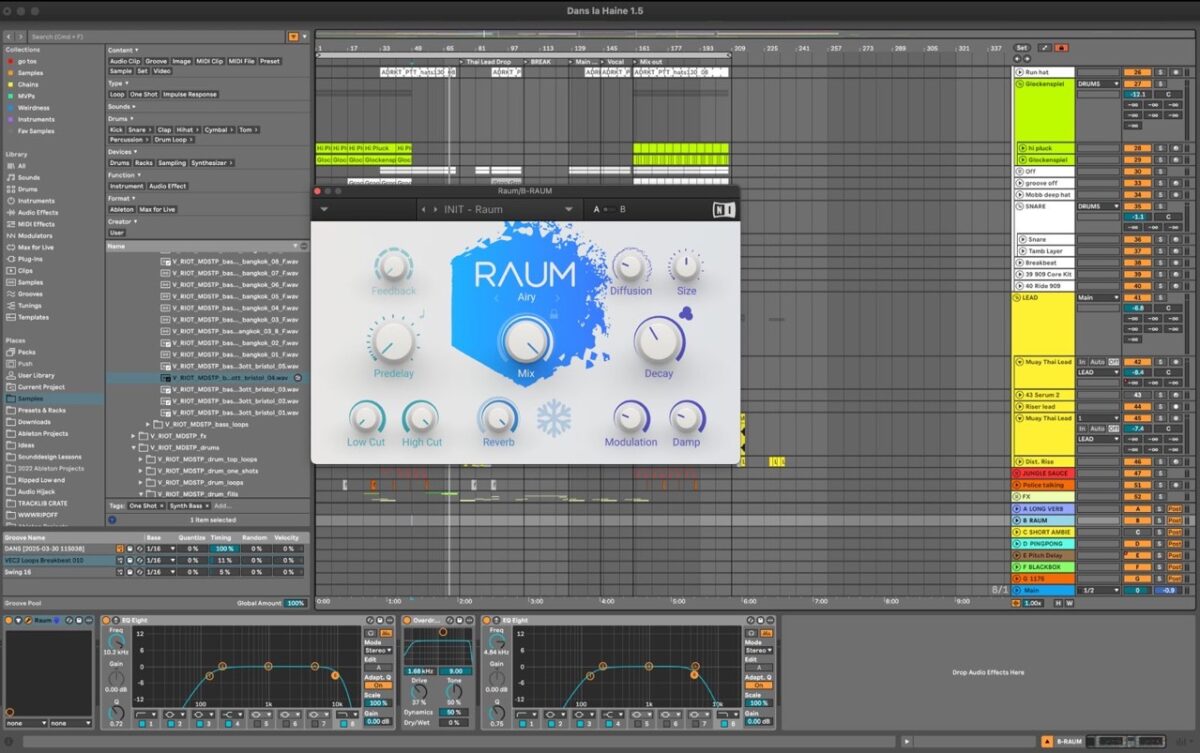
Pro Tip: Happy accidents can happen in Kontakt. This might not sound super “pro,” but I always check what happens when I mute either Layer A or B in Kontakt presets. It’s led to a ton of happy accidents and unexpected textures I’d never have discovered otherwise. The same goes for the macros – always play with them. The preset sound designers are geniuses, and there’s a lot of hidden potential waiting to be unlocked.
Looking back, what changed for you when you stopped chasing perfection and started trusting your process?
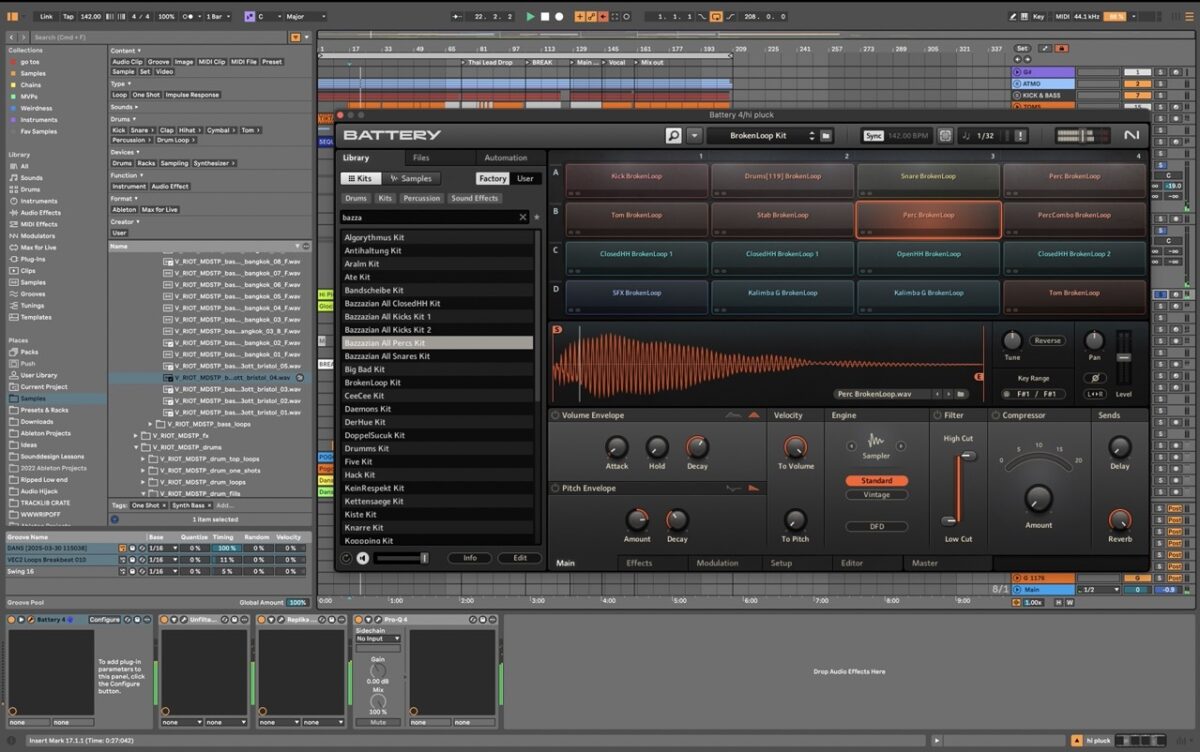
Oof, so many things.
I definitely finish way more tracks now. Not obsessing over every single mix detail saves so much energy, and it also benefits the music.
When I spend too long going in circles, I can lose the original feeling of the track. Allowing myself to follow what genuinely excites me – not just what’s trending or what might land me a release on a label – has brought some of my best work to life. Trusting my process makes me much happier and freer during sessions.
But I’ve got to admit that there are still days when I don’t feel confident or when I overthink and doubt my work. I think self-doubt is just part of being an artist. To support myself, I’ve built a strict routine – a mix of mental and physical practices – that helps me stay connected to my inner truth.
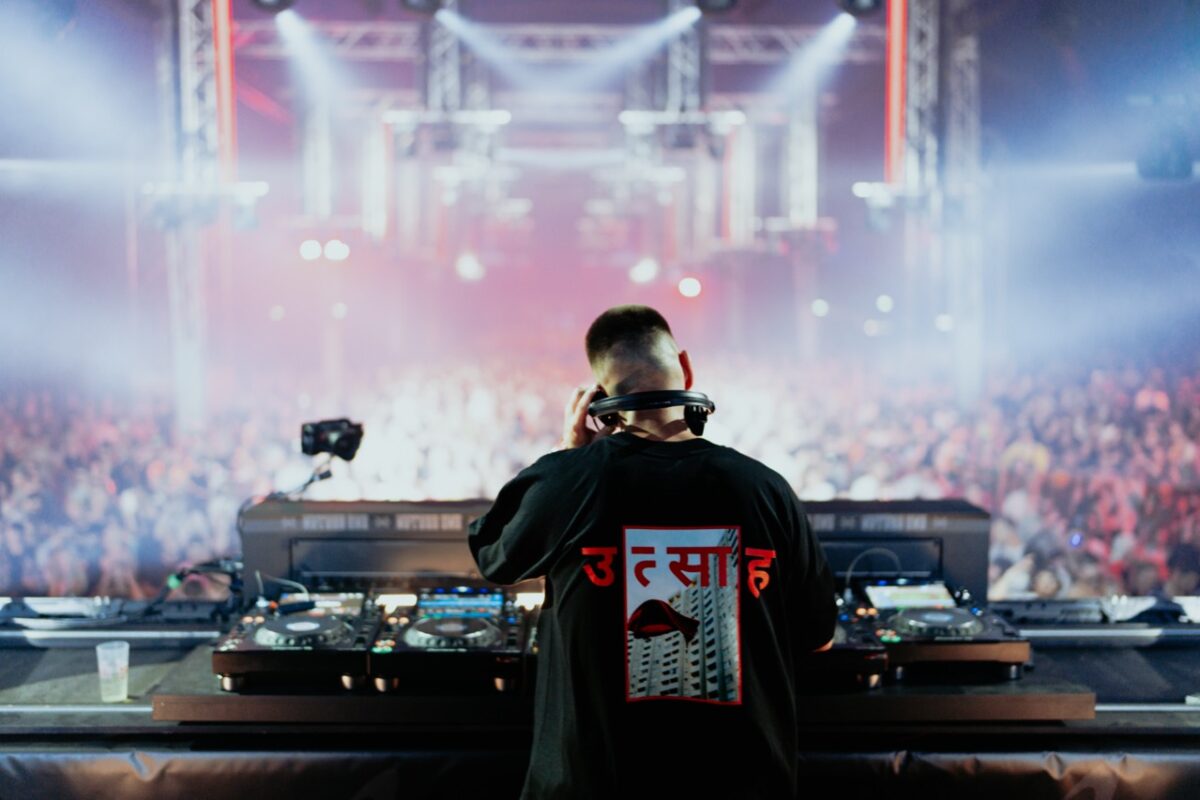
Pro Tip: Test your tracks if you have the privilege to play shows! Yes, the mix isn’t finished. Yes, other tracks sound fuller. Trust me, nothing will help you finish dance floor tracks more than testing them on the dance floor. After every set, I jot down ideas or feedback either directly after the gig or later in the hotel. With that list, I can jump right into fine-tuning the track the next day with a clear, focused game plan.
Wrapping it all up
Big thanks to A.D.H.S. for taking the time to pull back the curtain on his production process. His advice hits home for anyone balancing studio time with live performance, trying to build emotional impact in a streamlined way, or learning when to stop tweaking.
With major support from Drumcode and a new release on EXHALE, it feels like he’s hitting his stride. And with a workflow built around feel, experimentation, and quick testing, there’s plenty more in the pipeline.
The post The studio habits behind A.D.H.S.’ Drumcode success first appeared on Native Instruments Blog.

